Call calibration is a critical component of Quality Assurance (QA) in a contact center, helping managers get valuable insights into how agents are interacting with customers and where they might need additional training to keep the contact center’s quality standards consistently high. Regularly conducting call calibration sessions can significantly contribute to ensuring agents provide excellent customer service, deliver a consistent customer experience in every interaction, and maintain customer satisfaction.
What is Call Calibration?
Call calibration is a common QA practice in call centers and contact centers. The purpose of call calibration is to ensure consistency and fairness in the process of evaluating customer interactions between all parties involved (e.g., managers, supervisors, call center agents, or third-party facilitators). The primary goal is to minimize variances in QA scores regardless of how many QA evaluators are involved in grading a call.
What are Call Calibration Sessions?
A call calibration session is essentially a meeting where QA evaluators discuss customer service calls and review their ratings (QA scores) of the same call or interaction based on pre-defined quality standards (set guidelines, company policies, and best practices). During call calibration sessions, participants need to work out inconsistencies in their given scores and reach a consensus on how certain aspects of customer calls should be evaluated.
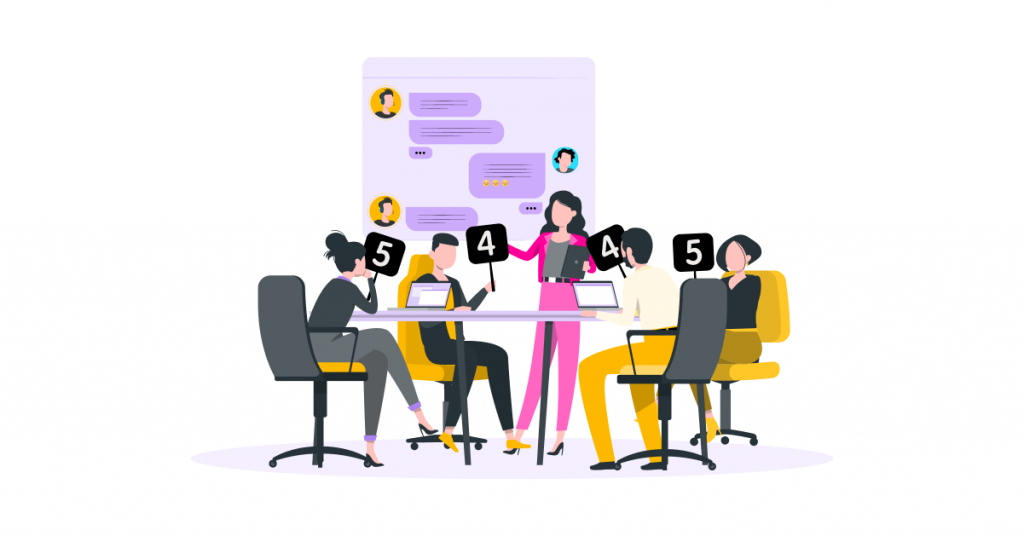
In general, participants of a call calibration session should focus on answering and addressing the following questions to ensure the session was successful:
- Were the calls graded accurately?
- If not, what could have been done in a different way?
- How should similar calls be graded in the future?
- Are the metrics and QA standards used still relevant?
- What, if anything, should be changed in the rating process?
- Was the overall rating variance under 5% for all the participants of the call calibration session?
Why is Call Calibration Important in Call Centers?
Incorporating call calibration into your call center quality assurance process and conducting regular calibrations has a number of specific benefits.
Maintaining consistency in scoring
Calibrating calls on a regular basis helps set up a repeatable process for call quality assurance that can be effectively used even in case your performance standards change in the future and maintain consistency. That means ensuring your managers, supervisors, team leads, call center agents, or any other QA evaluators involved in call calibration will be scoring calls based on the same set of standards and criteria, reducing the potential for grading bias while also increasing fairness and accountability.
Meeting customer satisfaction goals
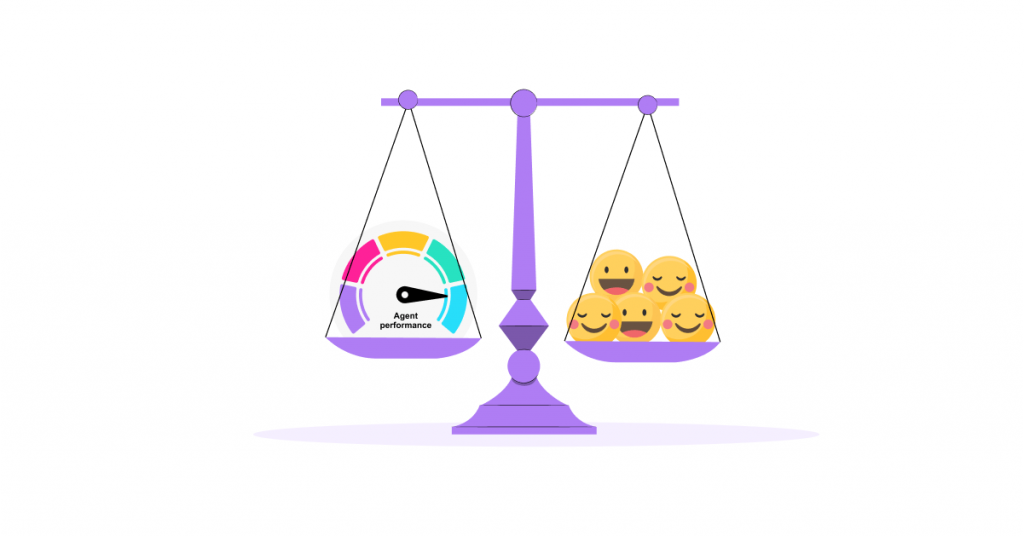
Call calibration helps ensure that all agents clearly understand the established quality standards they are expected to meet when handling customer conversations. That, in turn, helps call centers consistently meet their customer satisfaction goals, and maintain high Customer Satisfaction (CSAT) Scores, contributing to improved customer experience and increased customer loyalty.
Identifying agent training gaps
Along with reviewing agent performance metrics and KPIs such as the Average Handle Time and First Call Resolution rates, evaluating and scoring calls during call calibration sessions can help managers assess agent performance. Evaluating calls based on criteria like agent script adherence, empathy, problem resolution, communication skills, professionalism, adherence to transfer and escalation guidelines, etc. – enables contact center managers to spot gaps in agent training and coaching and refine agent training programs to avoid those gaps in the future.
Providing agents with meaningful feedback

Not only do call calibration sessions help managers and supervisors effectively evaluate agent performance and tweak agent training. They also give evaluators an opportunity to provide meaningful, actionable feedback to agents, helping them understand how well they are meeting quality standards, how effectively they handle interactions and adhere to procedures and processes, and where they should improve their skills or knowledge.
Enhanced engagement and collaboration
Though call calibration sessions typically involve managers, supervisors, and QA evaluators rather than frontline agents themselves, call center agents may also be involved in the call calibration process. That helps maintain transparent communication, improve collaboration among all the participants, and increase engagement, which is often the key driver of employee satisfaction and retention.
Improving call center performance
The data and insights contact center managers gain from evaluating and scoring customer calls during calibration sessions is a valuable source of information they can use to refine call center processes, procedures, and workflows and identify and address common issues that negatively impact agent performance and quality of interactions. All of that forms the foundation for improving the overall call center efficiency and performance.
Best Practices for Effective Call Calibration
To ensure call calibration brings all the benefits outlined above, there are certain best practices call centers can take advantage of to get the most out of their calibration sessions.
Document quality standards
The most important step to take to conduct a successful call calibration session is to clearly define your quality standards and evaluation criteria for different aspects of customer interactions. These, for example, may include:
- Script adherence (how well agents follow pre-defined call scripts)
- Communication skills (clarity and quality of language and tone of voice)
- Empathy (agents’ ability to demonstrate empathy and understanding)
- Problem resolution (how well agents are able to resolve customer issues)
- Resolution ownership (whether agents take ownership of customer issues)
- Information and accuracy (the accuracy of information provided to customers)
- Professionalism (agents’ behavior, call etiquette, and attitude)
- Following internal policies (how well agents follow internal procedures and guidelines)
- Escalation handling (how well agents adhere to call escalation guidelines)
- Personalization (how well agents are able to personalize interactions)
- Compliance adherence (whether agents adhere to regulatory compliance)
The standards and criteria you select should be measurable, aligned with the company’s goals and objectives, and documented.
Define calibration baseline
A calibration baseline defines how much you allow your evaluators’ scores to differ. It is expressed as a percentage and typically falls within 5%. If discrepancies in scores are below the established baseline, the calibration process is considered successfully completed, meaning customer interactions are evaluated consistently. On the contrary, if discrepancies in scores are above the baseline, the calibration process needs to be continued until the baseline is met.
Set clear session goals
To keep your calibration discussions on track and ensure everyone is on the same page, it’s recommended to set specific goals for your sessions. For example, you might want to use the session to adjust your quality criteria or rating scales on your QA scorecard. Or you might want to align your QA evaluators with your QA standards. With a clear goal, it’s easier to keep focus on what’s important and ensure the discussion doesn’t go off-topic.
Choose a session facilitator
To ensure each calibration session goes smoothly and productively, it’s a common practice to have a dedicated facilitator to manage the discussion and take responsibility for making it successful. The facilitator will also act as the final decision-maker in the case of differences of opinions. You can also rotate facilitators instead of having a single person run the sessions, allowing everyone to take a fair share of responsibility.
Practice blind calibration
One of the call calibration practices in contact centers is the so-called blind calibration. In the case of blind calibration, the participants of the calibration session evaluate and grade calls without knowing which particular agent was responsible for handling the call. Blind calibration can be used to ensure unbiased evaluation and prevent evaluators from being influenced by the agent’s previous performance history.
Analyze the outliers
When defining what types of calls to evaluate, it’s recommended to pay close attention to deviations, like particularly low and high scores. A session facilitator should encourage the evaluators to talk more closely about what influenced their scoring. You can also get valuable insights from evaluating calls that don’t fall within your Average Handle Times, such as extra short calls, calls with the longest handle times, calls with multiple holds, and escalated calls.
Leverage AI and automation
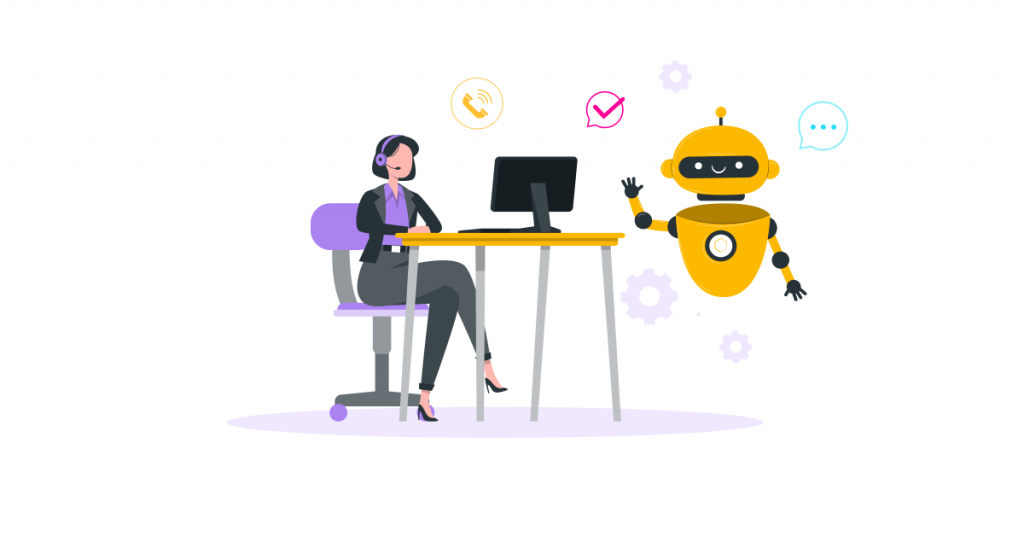
AI-powered speech analytics software such as VoiceSpin’s AI Speech Analyzer can greatly facilitate the call calibration process by allowing call centers to automate QA monitoring. Speech analytics tools can automatically transcribe and analyze 100% of calls based on pre-defined evaluation criteria, spot specific keywords and common scripting deviations, and even identify the emotional tone of interactions through sentiment analysis capabilities. All of that provides valuable insights for data-driven calibration discussions.
Perform call calibration regularly
To get the most benefit from the call calibration process, calibrations should be performed regularly, at least once a month. However, it’s best to conduct call calibration sessions on a weekly basis. That helps maintain consistency and accuracy of the call evaluation process while also allowing you to timely spot inefficiencies and identify opportunities for improvement.

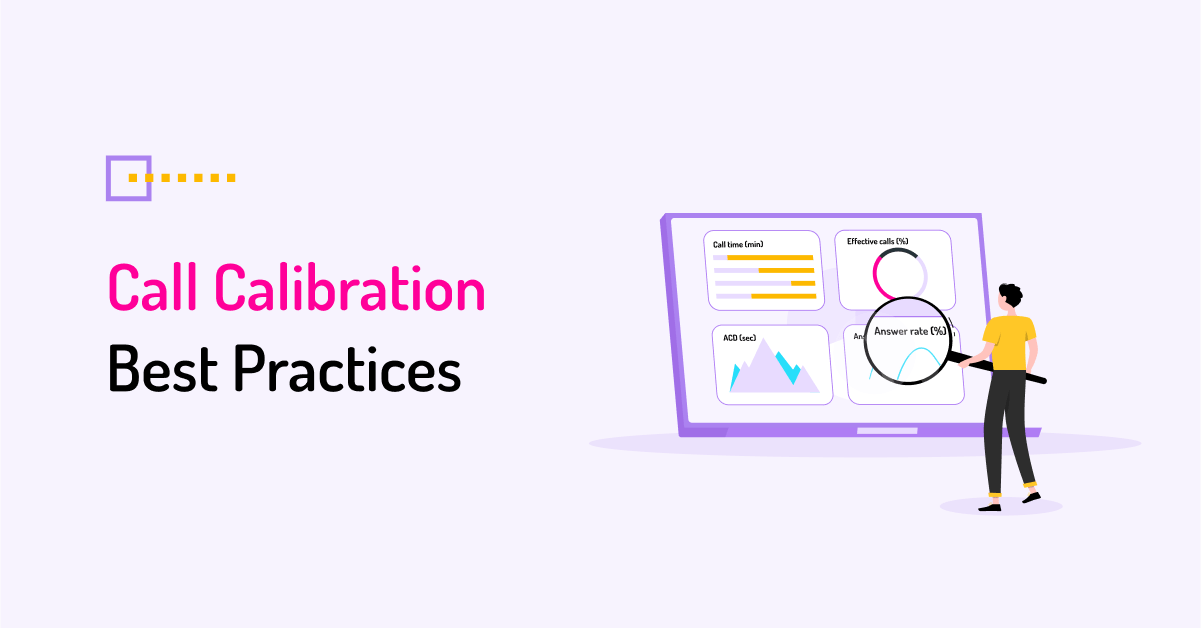

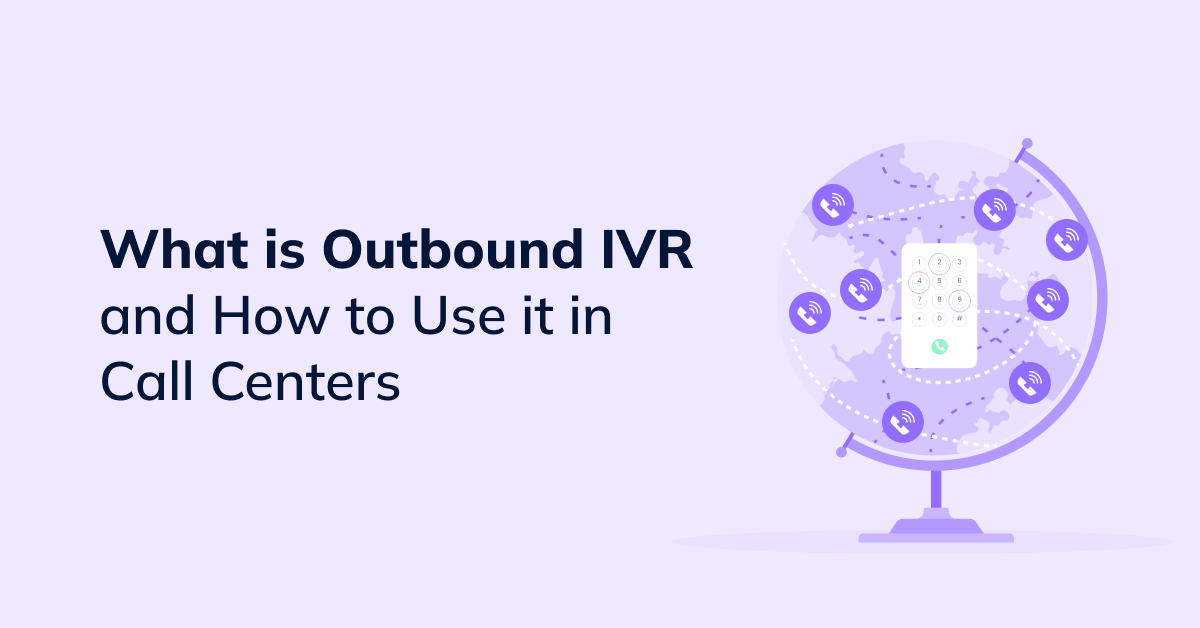
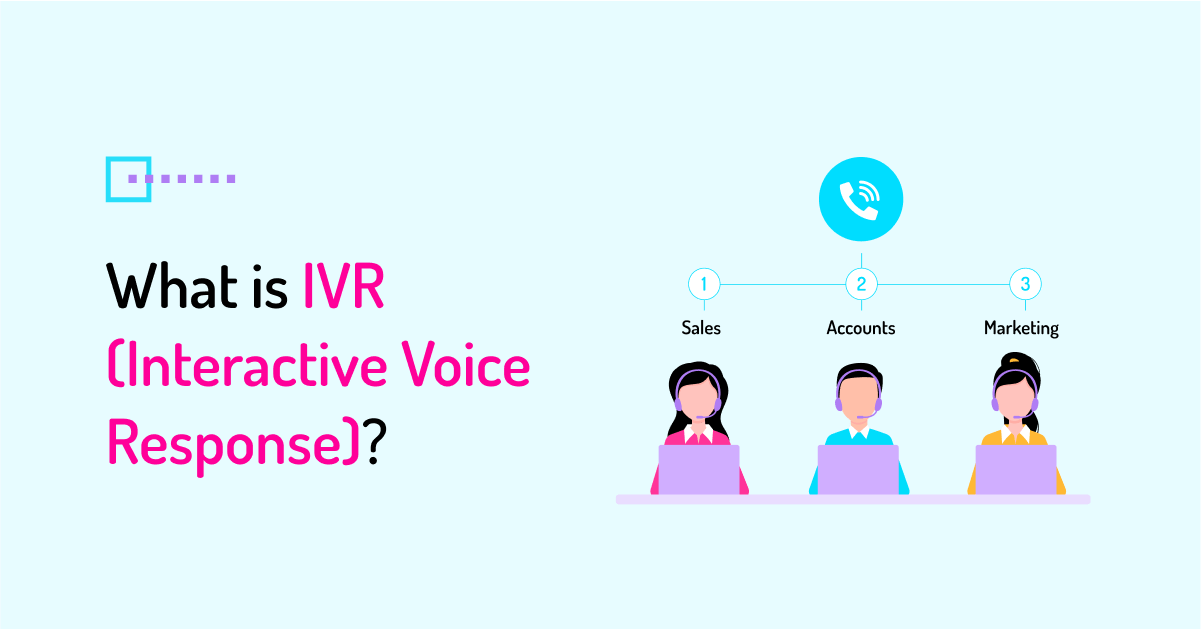
 +18889082995
+18889082995
 +442036084160
+442036084160
 +97237237006
+97237237006